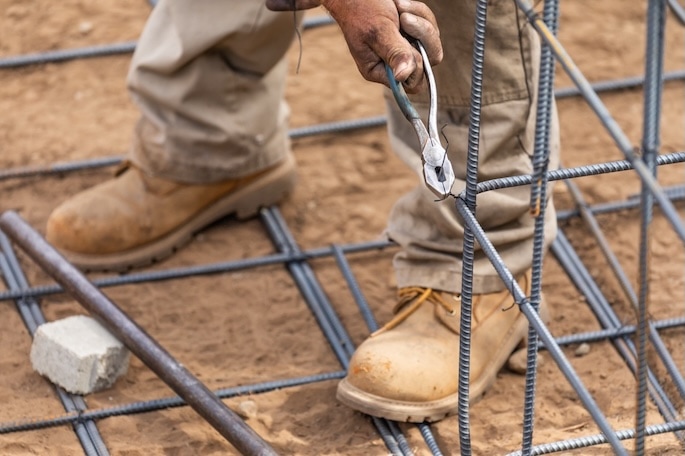In the realm of workplace safety, a safety audit stands as a crucial tool to ensure that your facility is adhering to the highest safety standards. With potential hazards lurking in every corner, conducting a thorough safety audit is not just a regulatory requirement, but a proactive measure to safeguard the well-being of your employees and the integrity of your operations.
Understanding the Significance of Safety Audits
A safety audit is a meticulous examination of your facility’s safety protocols, procedures, and equipment. It involves assessing the effectiveness of your safety measures, identifying potential hazards, and implementing corrective actions to mitigate risks. This process goes beyond mere compliance; it reflects your commitment to creating a secure work environment.
Setting the Stage: Preparing for the Audit
- Establish Clear Objectives: Define the scope of the audit and the specific areas you will focus on. This could include equipment safety, emergency response plans, employee training, and more.
- Gather Resources: Assemble a team comprising individuals with expertise in safety regulations, operations, and risk assessment. Their diverse perspectives will enhance the audit’s effectiveness.
Conducting the Safety Audit
- Review Documentation: Examine safety policies, procedures, and training materials. Ensure they align with industry standards and are up-to-date.
- Inspect Physical Conditions: Evaluate the workplace layout, equipment, and machinery. Look for signs of wear, potential hazards, and adherence to safety signage.
- Employee Interviews: Engage with employees to gauge their understanding of safety protocols and their ability to report concerns. Their insights provide valuable feedback.
- Emergency Response Assessment: Analyze the readiness of your emergency response plans. Are evacuation routes clear? Are employees familiar with emergency procedures?
- Documentation of Findings: Record your observations, noting both positive practices and areas requiring improvement. This forms the foundation for your corrective actions.
Implementing Corrective Actions
- Prioritize Risks: Categorize the identified issues based on their severity. Address critical risks immediately, followed by those with lower impact.
- Develop Action Plans: Outline specific steps to rectify each issue. Assign responsibilities to relevant individuals and set deadlines for resolution.
Post-Audit Steps: Continuous Improvement
- Training and Education: Enhance employee training programs based on audit findings. Ensure that everyone understands new procedures and protocols.
- Regular Review: Safety audits are not one-time events. Schedule regular audits to track progress, identify emerging risks, and maintain a culture of safety.
Benefits of a Thorough Safety Audit
- Risk Mitigation: By identifying and addressing hazards, you reduce the likelihood of accidents and injuries.
- Legal Compliance: Fulfill regulatory requirements and avoid potential penalties by adhering to safety standards.
- Improved Productivity: A safe work environment boosts employee morale and productivity.
- Enhanced Reputation: Demonstrating commitment to safety enhances your company’s reputation among employees, clients, and partners.
Conclusion
Conducting a safety audit in your facility is not just a task to be checked off a list; it’s a pivotal action that underscores your dedication to prioritizing the well-being of your workforce. Through thorough assessments, corrective actions, and continuous improvement, you ensure that your facility remains a secure and thriving environment.
Remember, safety is not just a responsibility—it’s a cornerstone of operational excellence.



